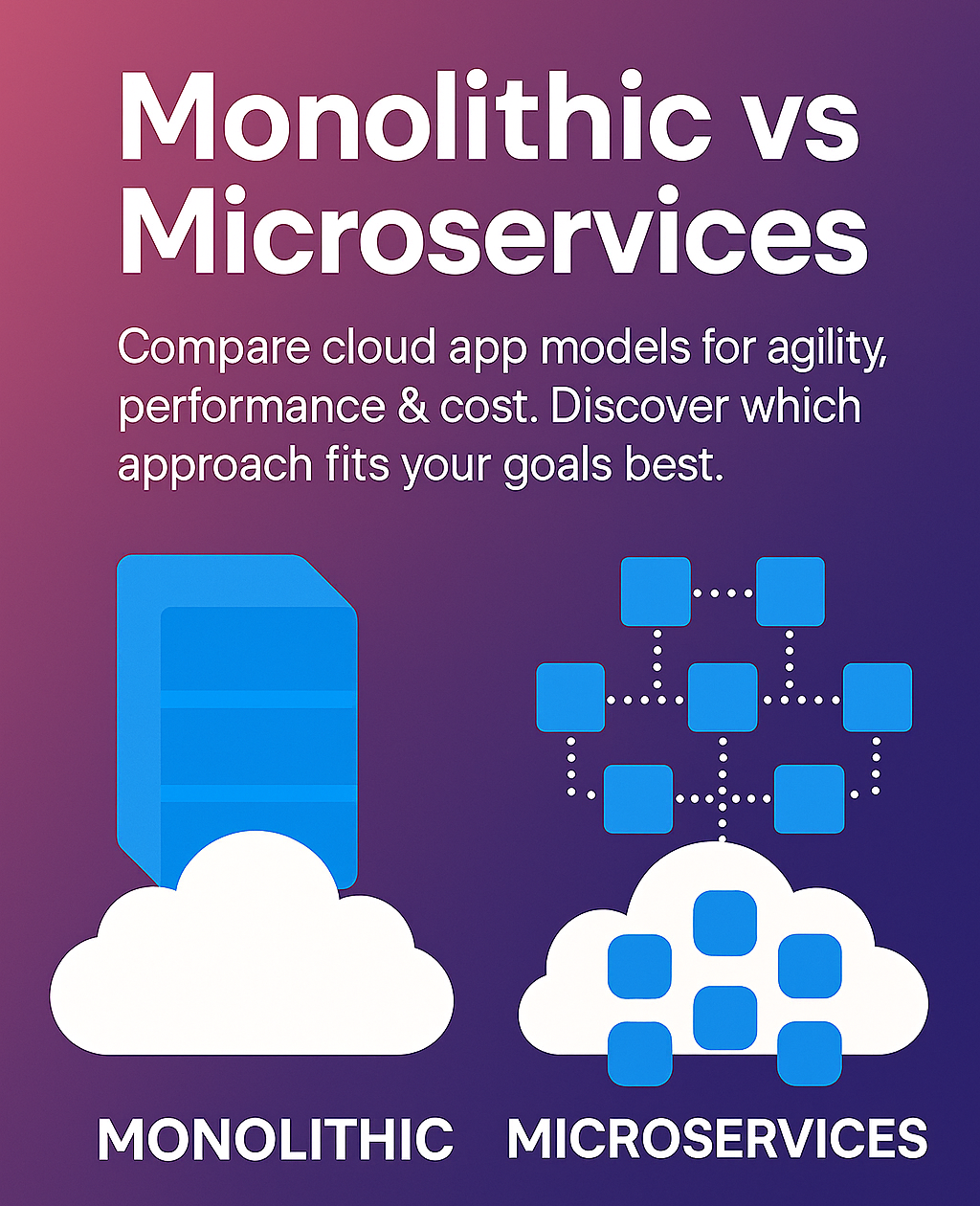
Monolithic vs Microservices Architecture for Cloud Apps
July 8, 2025
Forged Concepts
Forged Concepts
Explore expert cloud, AWS, and DevOps insights by forged Concepts, a trusted AWS MSP
View All Posts →